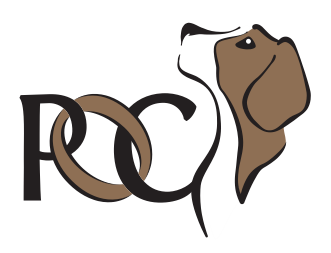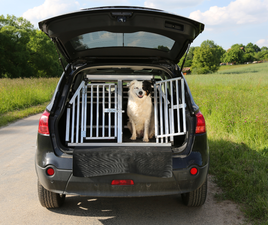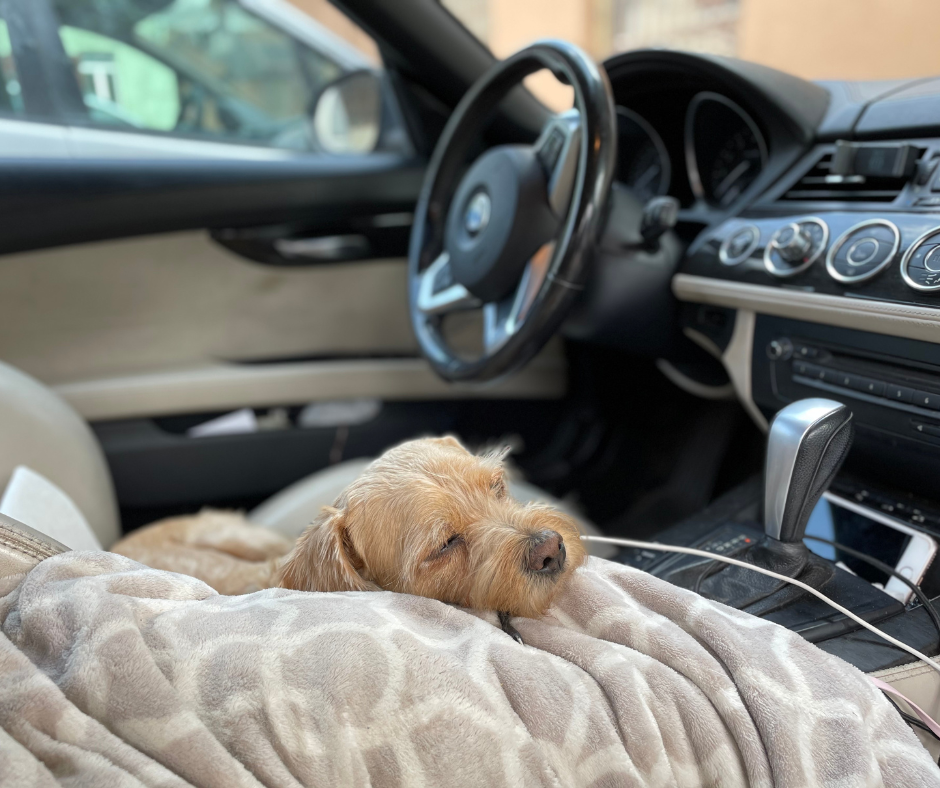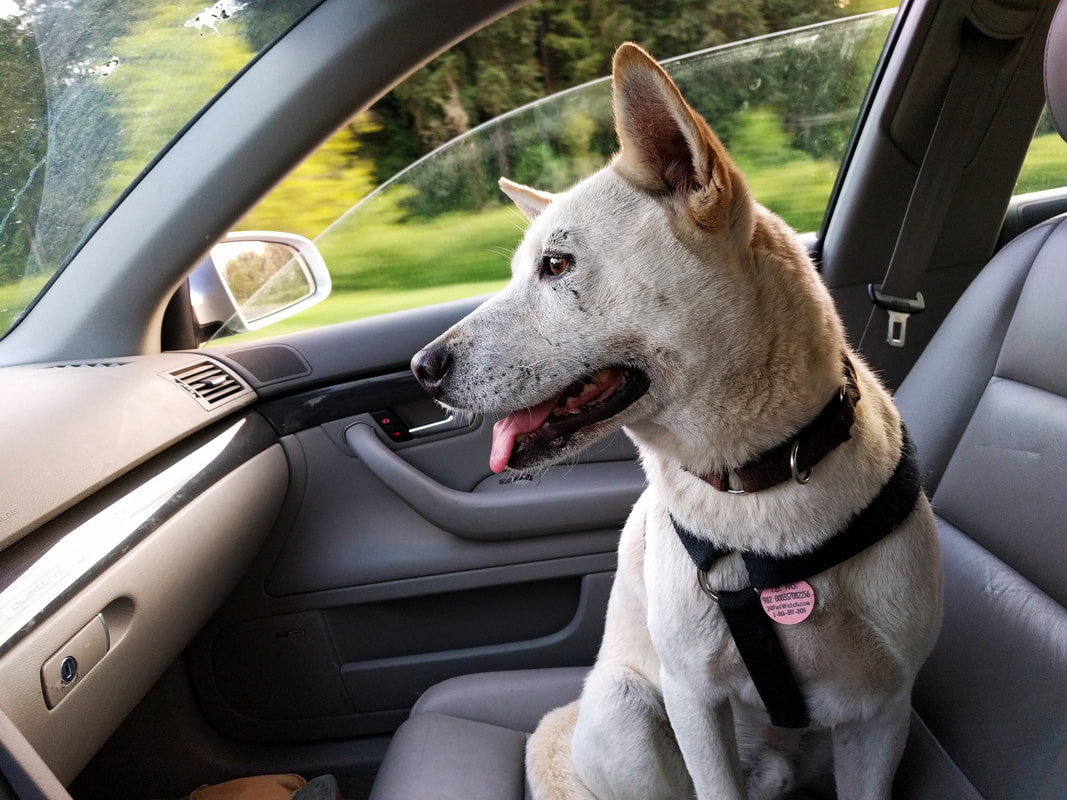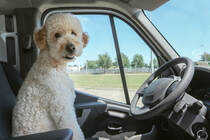 Image by Sam Williams from Pixabay Image by Sam Williams from Pixabay Having a dog that can't settle and relax in the car makes for very challenging car rides. The good news is that there are things you can do to teach your puppy to be a good traveler and to help your adult dog be more comfortable and relaxed in the car. Safety First
Puppy Prevention
If your dog vomits in the carIt's not uncommon for puppies to feel nauseous in the car. Many will out grow it, but not all, and there is a big risk that they will start associating the car with feeling unwell and avoiding the car before they no longer get car sick. 1) Talk to your vet about anti-nausea medication If your puppy continues to feel nauseous whenever they go in the car, the association between the car and feeling sick will get stronger, increasing the likelihood that your puppy will start avoiding getting in the car and that will get more problematic as your puppy gets bigger. If your puppy needs to travel in the car, preventing the motion sickness will help. 2. Know that your dog can still be feeling car sick even if they don't vomit This is important to know so that when you are working on your training steps you don't just use didn't vomit as your criteria. If you only focus on whether or not your dog vomited, they may still feel sick and continue to associate riding in the car with feeling ill. Signs your dog is feeling nauseous can include:
3. Consider your travel arrangements Changing how your dog travels may impact how nauseous they feel. Some things you can experiment with include:
4. Practice gradual car exposures Where you start depends on your dog. If you want to have them in a crate or harness in the car, introduce it first in the house. If your dog puts on the breaks and doesn't want to walk towards the car, start with working on proximity to the car. If your dog is fine getting in the car, but gets car sick or starts feeling anxious when the car moves, start with getting in and out of the car. It is the same process outlined below for dogs that are afraid of the car. If your dog is afraid of the car image from Canva image from Canva Ideally, suspend car trips for a period of time to allow you to work on your dog's fear without triggering further fear. If that isn't possible and you need to travel with your dog in the car before they are comfortable, make sure to make the "have to" situation look different from the training you are doing. Eventually, your trained scenario will be the one you use, but we don't want to sabotage the progress you are making with your dog by causing them to distrust the process. Approaching the Car If your dog avoids walking toward the car, you need to start there before working on being in the car.
Getting in the Car If your dog is very fearful, you will need to spend more time on the steps than if your dog is less fearful, and you may need to take even smaller steps. We also need to think about how your dog is going to get into the car. Can they jump in and out on their own? Do you need to lift them? Can they use a step or a ramp? If you need to lift your dog in and out, practice lifting them, saying your marker word, setting them down and giving them a treat away from the car first. Likewise if you are going to use a step or ramp, introduce that away from the car so your dog gets a chance to get comfortable with it first. Once that has been done, we can work on getting in the car
Riding in the Car
If your dog gets excited in the car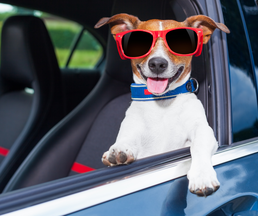 image from Canva image from Canva If your dog gets very excited in the car, first think about what usually happens when they get in the car. Do they usually go somewhere very fun for them? If they are always going to their version of Disney land when they get in the car, you may be able to change their response to being in the car by taking them on lots of boring car trips. The specific ratio will vary from dog to dog, but if getting in the car means sitting there while you check social media or read a chapter in your book, drive to the mail box, around the block or to get milk, with nothing fun happening for your dog they will often stop getting so excited about getting into the car. If your dog is very optimistic, and that occasional enjoyable outing is enough to keep them excited about driving in the car, you can use a similar approach to the one above for fearful dogs. Make the car boring, and a place for relaxing more than a means to something exciting. You can also try the following:
Comments are closed.
|
Categories
All
Archives
May 2024
|
Online Learning Class Schedule Puppy Classes Manners Classes Sport Classes Scent Classes Agility Classes Private Lessons
Copyright 2020 Positively Obedient Canines
